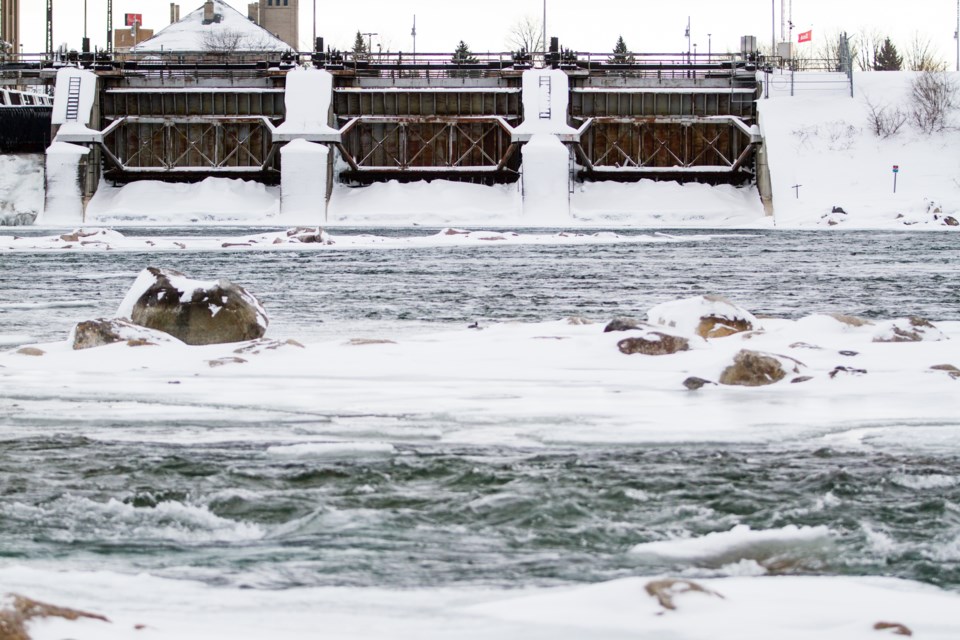Dry conditions in November resulted in the levels of our big lakes declining more than the seasonal average.
That's the word from the International Lake Superior Board of Control in its latest update.
Lake Superior declined by 10 cm last month. The seasonal long-term average pattern is for Superior to decline by 5 cm, the board said.
At the same time, Lake Michigan-Huron declined by 10 cm last month. The seasonal long-term average pattern is for Lake Michigan-Huron to decline by 4 cm in November, according to the board.
"Water supply conditions were quite dry in Lakes Superior Michigan-Huron basins in November," the board said.
At the beginning of December, the lake-wide average water level of Lake Superior was 5 cm below the seasonal long-term average (1918-2022) and 22 cm below the level of a year ago.
At the beginning of December, the lake-wide average water level of Lake Michigan-Huron was 8 cm above the seasonal long-term average (1918-2022) and 4 cm below the level of a year ago.
As for the forecast outlook, the board noted both Lake Superior and Michigan-Huron are in their seasonal decline.
- If weather and water supply conditions are near average, both Lake Superior and Lake Michigan-Huron are expected to decline in December by 8 cm and 6 cm, respectively.
- If conditions are wetter than average, Lake Superior may decline by 4 cm and Lake Michigan-Huron may rise slightly by 1 cm.
- If conditions are drier than average, the water level of Lake Superior is expected to decline by as much as 13 cm, and Lake Michigan-Huron is expected to decline by as much as 12 cm.
The board said an adjustment to the gate setting on the St. Marys River compensating works will take place this week, with the gate setting being lowered to approximately one-half gate fully open with the water flow being 2,120 m3/s, as prescribed by a regulation plan from 2012.
Actual day-to-day flows may vary depending on conditions, as well as variations in flow from the hydropower plants.
